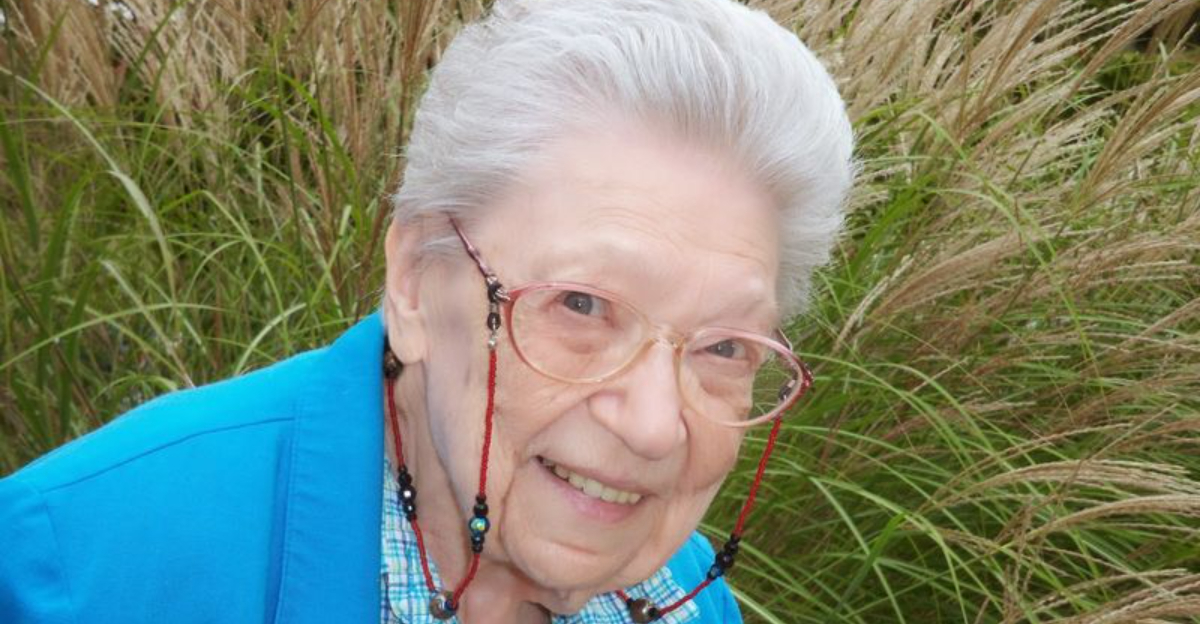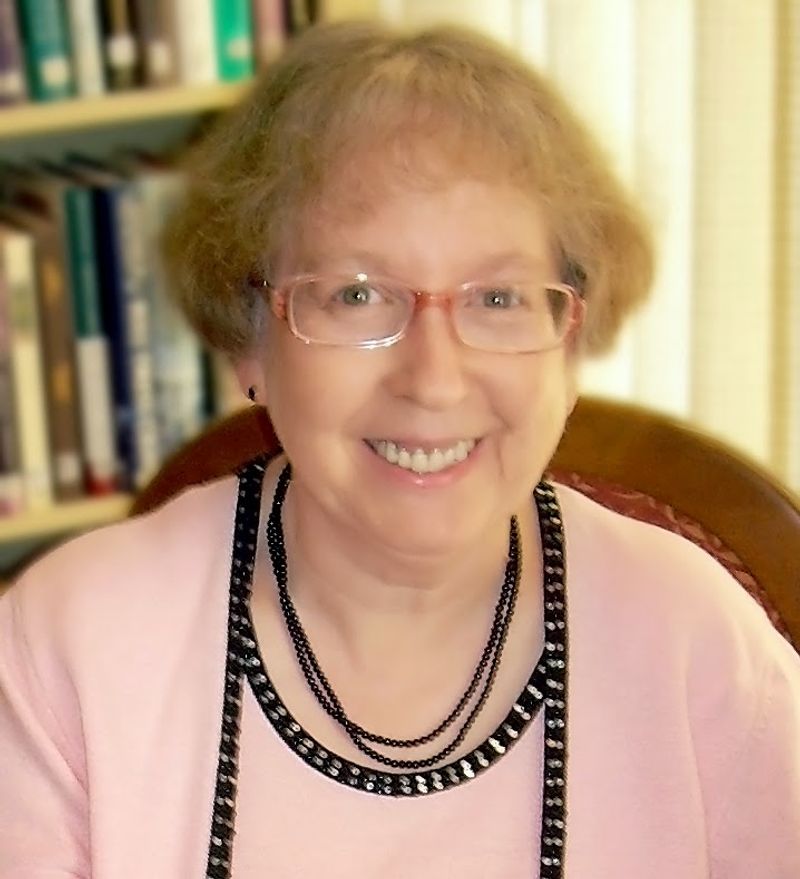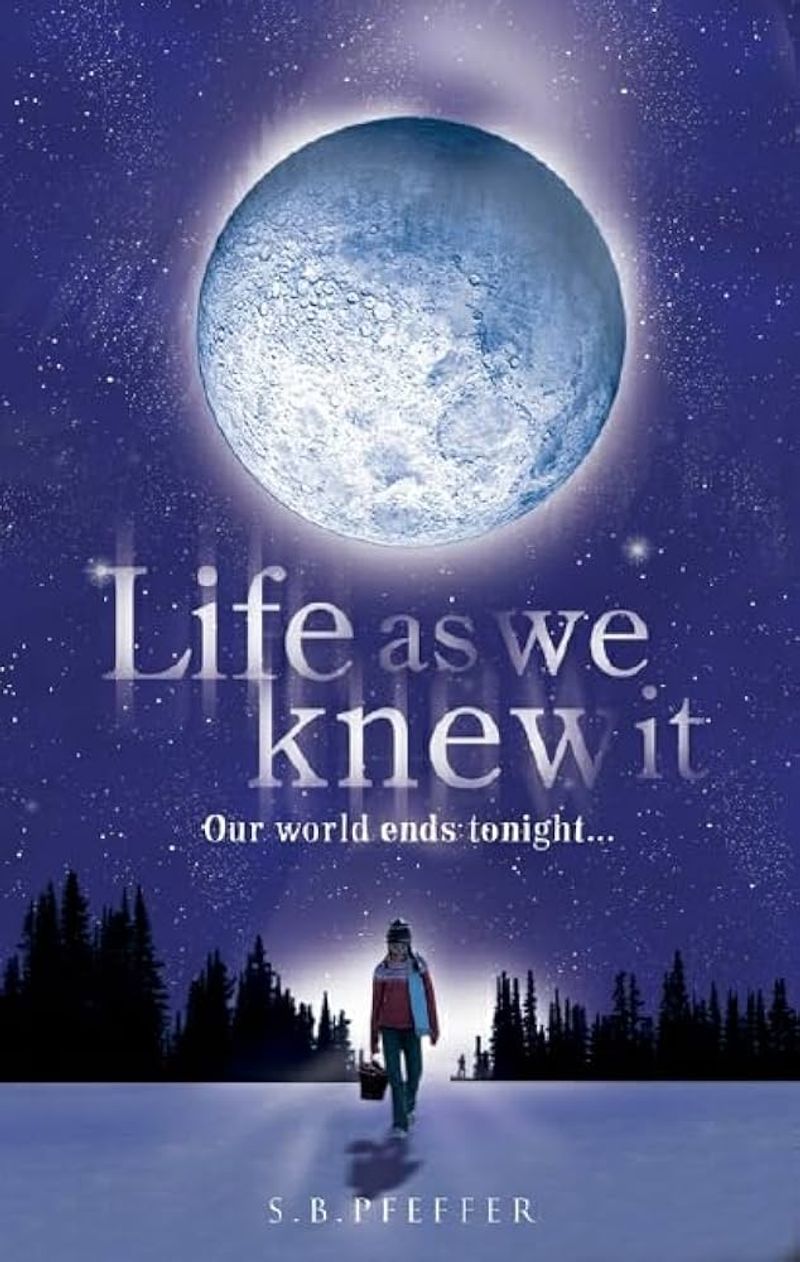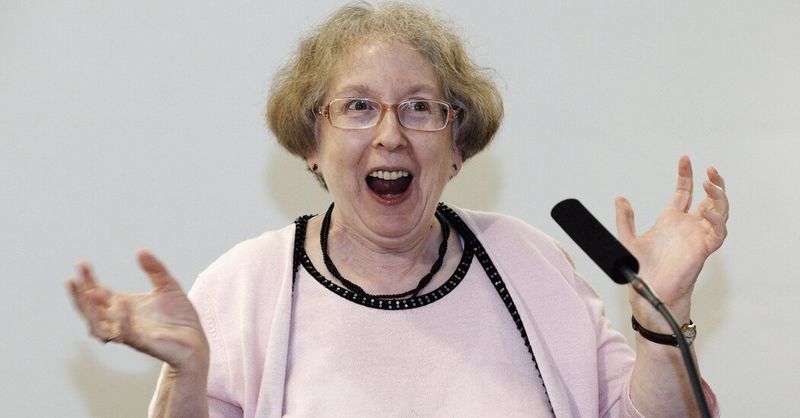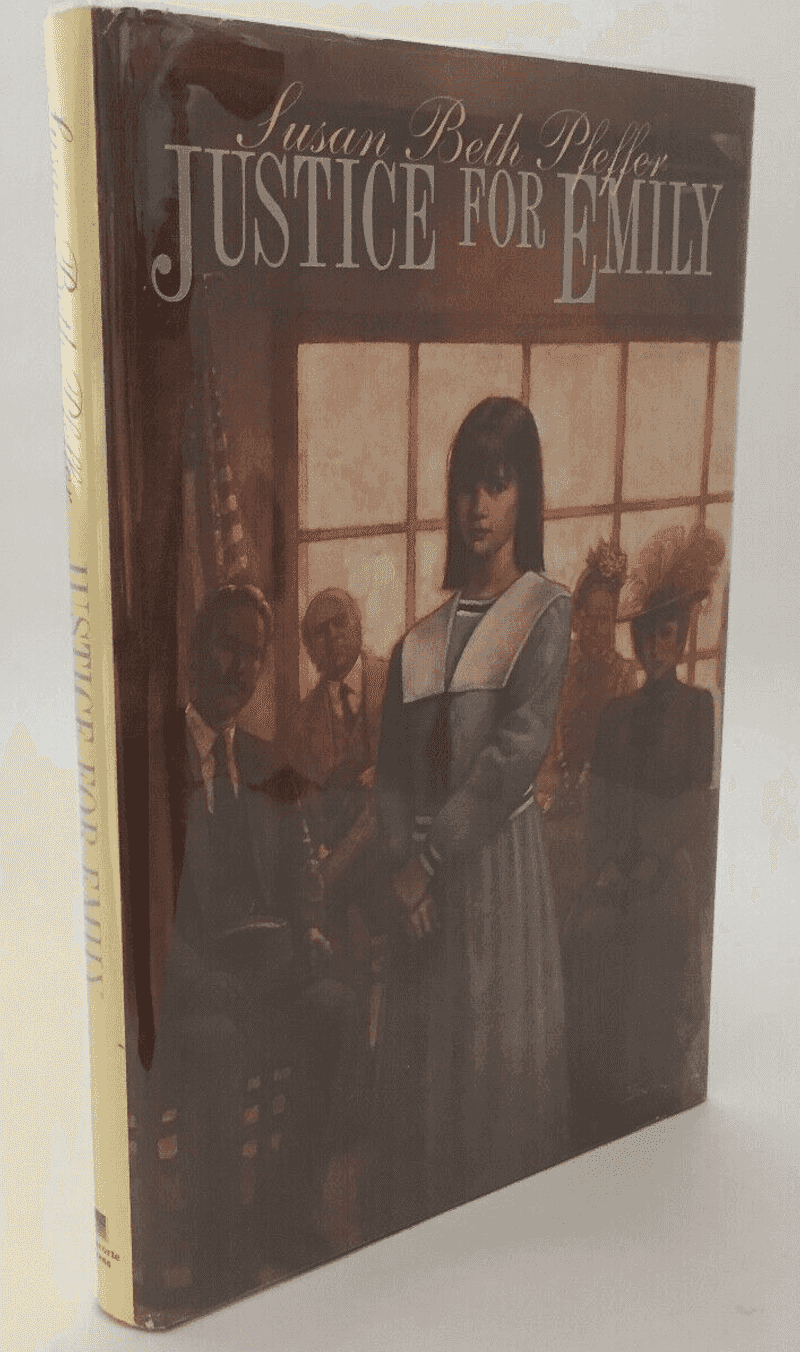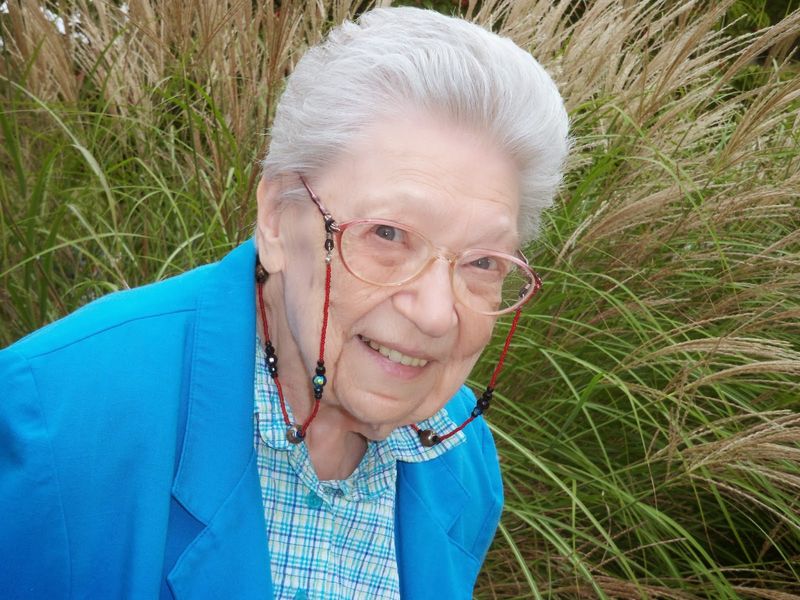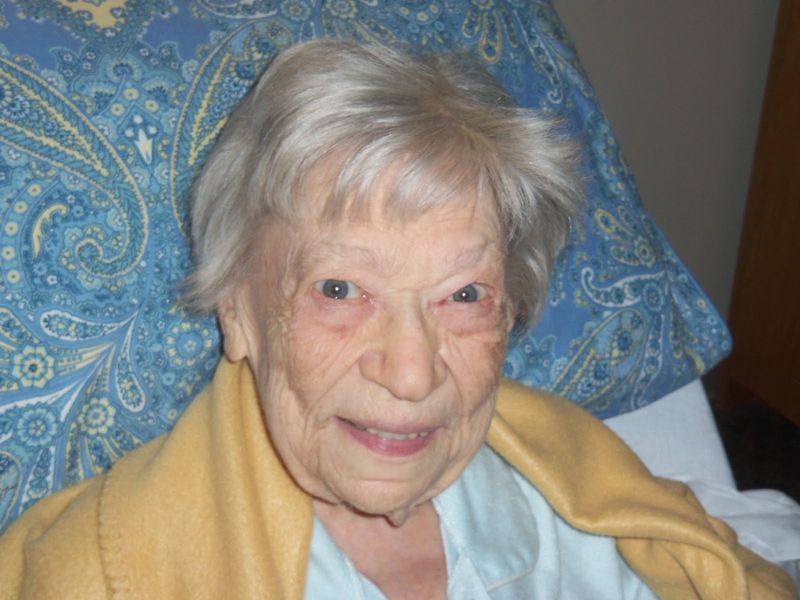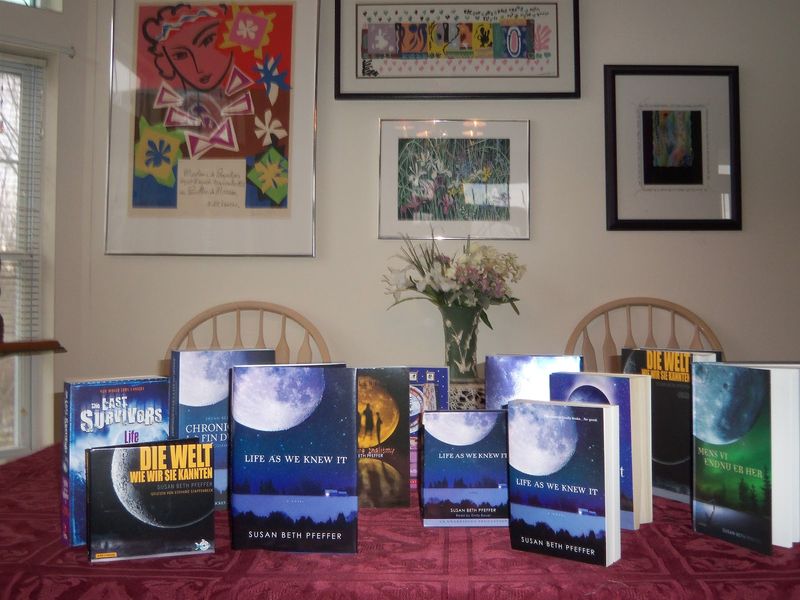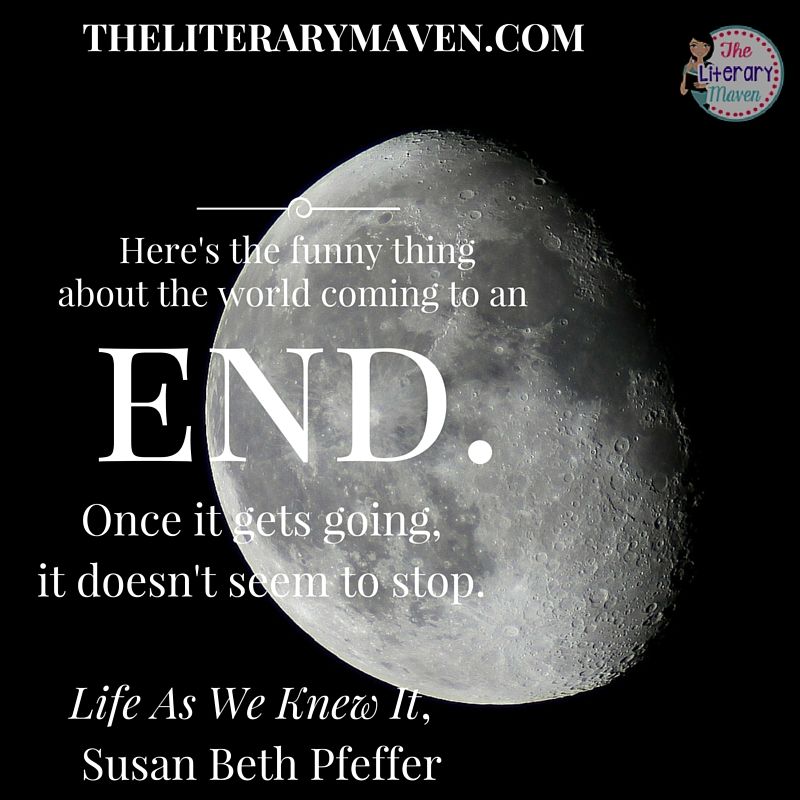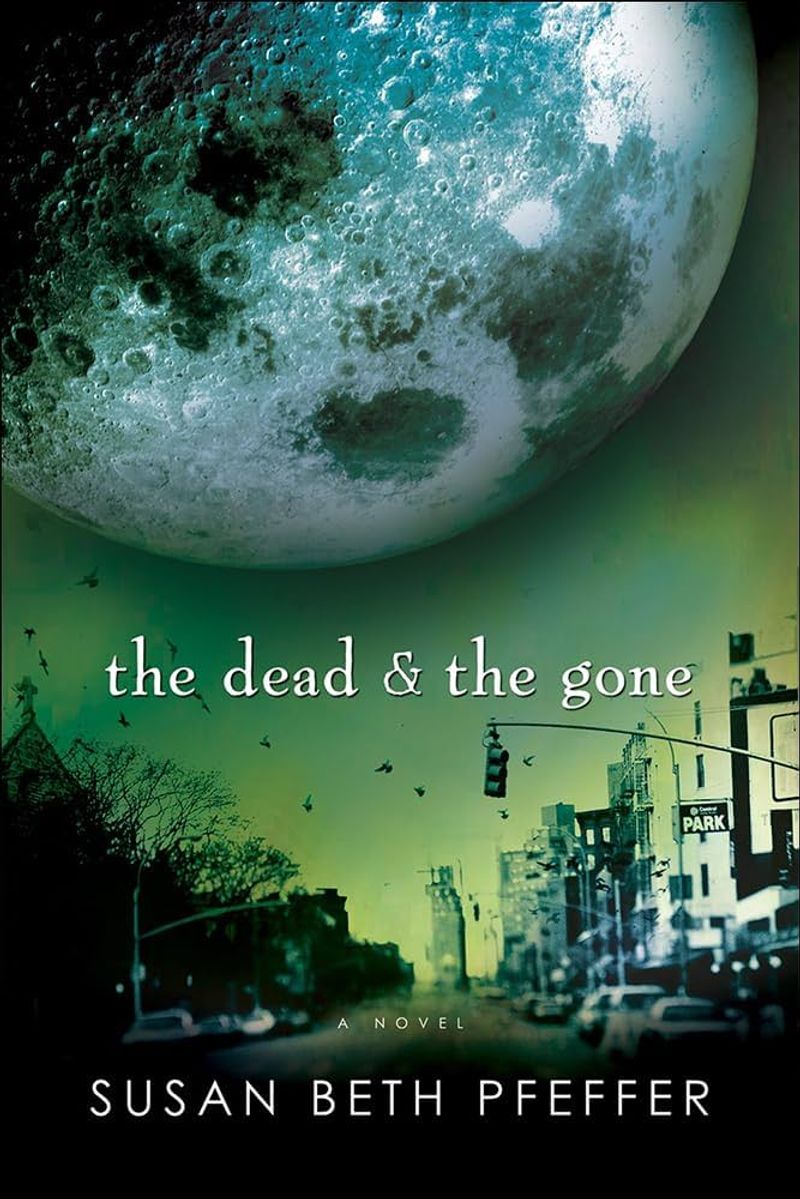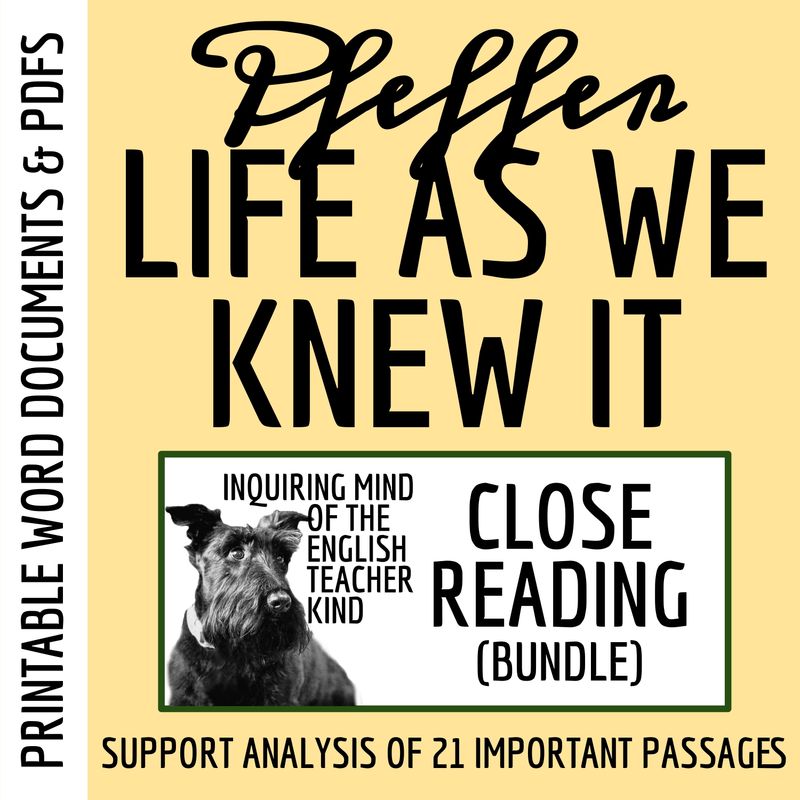Susan Beth Pfeffer, the beloved author best known for her haunting YA novel Life As We Knew It, passed away on June 23, 2025, at the age of 77 after a battle with endometrial cancer.
But Pfeffer’s influence didn’t fade with her final chapter—her stories continue to resonate with readers across generations.
From her early days as a college student publishing her first novel to becoming a genre-defining voice in dystopian fiction, Pfeffer’s words helped readers imagine not only the end of the world—but how to survive it.
1. Prolific Storyteller With Impressive Numbers
Susan Beth Pfeffer’s literary footprint spans an astonishing 75+ published works across multiple genres. Her bibliography showcases remarkable versatility, from heartwarming children’s books to thought-provoking young adult novels and gripping science fiction. Few authors achieve such productivity while maintaining consistent quality. Each book represented her evolving voice and perspective on issues facing young readers. Her extensive catalog demonstrates not just quantity but an unwavering commitment to storytelling that resonated with generations of readers, creating a literary legacy few authors can match.
2. The Moon Disaster That Launched Her Fame
2006 marked a turning point in Pfeffer’s career with the publication of ‘Life As We Knew It.’ The novel’s premise—a catastrophic lunar event altering Earth’s climate and civilization—captivated readers with its raw emotional power. Written as a teenage girl’s diary entries, the story chronicles her family’s struggle for survival amid dwindling resources and societal collapse. Critics praised Pfeffer’s unflinching portrayal of disaster’s psychological toll. This breakthrough novel spawned three sequels and elevated Pfeffer from respected author to literary sensation, demonstrating her masterful ability to blend apocalyptic scenarios with deeply human stories.
3. Childhood Writing Sparked By A Cookie Tale
Long before becoming a celebrated author, first-grader Susan Beth Pfeffer penned her inaugural story: ‘Dookie The Cookie.’ This whimsical childhood creation hinted at the imaginative storyteller she would become. Young Susan’s early literary attempt revealed her natural affinity for creating characters and narratives. While most children were learning basic writing skills, she was already crafting complete stories. This early passion wasn’t just a phase but the first spark of a lifelong devotion to writing. The simplicity of ‘Dookie The Cookie’ contained the seeds of the compelling narratives that would later captivate millions of readers.
4. College Student Turned Published Author
Most college students worry about final exams and social lives—Susan Beth Pfeffer was busy getting published. While attending New York University, her debut novel ‘Just Morgan’ hit bookstore shelves, an extraordinary achievement for someone still completing her education. This early professional success demonstrated her exceptional talent and determination. Rather than waiting until after graduation, Pfeffer boldly pursued her literary ambitions alongside her studies. This remarkable beginning foreshadowed her prolific career. The confidence to launch her professional writing journey during college revealed the drive that would fuel decades of literary creation.
5. Award-Winning Literary Excellence
Susan Beth Pfeffer’s mantelpiece likely needed reinforcement to hold her numerous literary accolades. The Dorothy Canfield Fisher Children’s Book Award recognized her exceptional ability to connect with young readers on profound levels. Internationally, the prestigious Buxtehude Bull prize from Germany highlighted her global appeal and universal themes. These awards weren’t merely decorative acknowledgments but validation of her artistic vision and storytelling prowess. Each honor represented thousands of readers whose lives she touched through her words. The recognition from both critics and readers cemented her status as a literary force whose work transcended age categories and national boundaries.
6. Master Chronicler Of Family Relationships
Family dynamics formed the emotional core of Pfeffer’s literary universe. Her characters navigate complex relationships with parents, siblings, and extended family members that mirror real-life complexities rather than idealized versions. Pfeffer excelled at portraying the subtle tensions, unspoken love, and complicated loyalties that define family life. Her stories acknowledge that families can be sources of both profound support and deep conflict. This nuanced approach resonated with readers who recognized their own family experiences in her pages. By treating young readers as emotionally intelligent beings capable of understanding relationship complexities, she elevated young adult literature beyond simplistic portrayals of family life.
7. Silver Screen Inspiration Behind The Words
The golden age of Hollywood shaped Susan Beth Pfeffer’s storytelling in unexpected ways. Her lifelong passion for classic cinema infused her writing with cinematic qualities—vivid scene-setting, dramatic tension, and memorable character moments. Films from the 1930s-50s particularly influenced her narrative style. The dialogue-driven storytelling and moral complexity of these movies appear throughout her works, giving them a timeless quality. Movie buffs might spot subtle homages to classic films in her character names or situation setups. This cross-medium inspiration demonstrates how Pfeffer synthesized her artistic influences into something uniquely her own, creating literary works with the emotional impact of great films.
8. Community Champion At Local Library
For 15 dedicated years, Susan Beth Pfeffer sorted books, assisted patrons, and supported literacy at the Friends of the Middletown Thrall Library Used Bookstore. This volunteer work revealed her commitment extended beyond creating stories to sharing them. Her hands-on involvement demonstrated genuine belief in literature’s power to transform lives. Fellow volunteers recall her humility—many patrons never realized the unassuming woman recommending books was herself a celebrated author. This community service reflected her understanding that books need champions at every level. While her writing reached global audiences, her local library work ensured literature remained accessible to her immediate community, showing her dedication to readers both far and near.
9. Literary Talent Runs In The Family
Creative genes flowed through the family tree connecting Susan Beth Pfeffer and her cousin, fellow author Ellen Conford. This literary kinship created a unique bond between two women who independently carved successful careers in children’s and young adult literature. While their writing styles differed—Conford often incorporated humor while Pfeffer frequently explored more serious themes—both demonstrated exceptional insight into young readers’ inner lives. Family gatherings must have featured fascinating conversations about publishing, writing processes, and the evolving literary landscape. This familial connection highlights how artistic sensibilities can manifest across generations and family branches. Their parallel success speaks to shared creative inheritance and mutual inspiration.
10. Pioneer Who Shaped Young Adult Fiction
Susan Beth Pfeffer wrote young adult fiction during its crucial developmental period, helping define what the genre could achieve. Her willingness to address difficult subjects—environmental catastrophe, family dissolution, ethical dilemmas—expanded the boundaries of YA literature. Her influence extends through countless writers who cite her work as inspiration. By treating adolescent protagonists with dignity and placing them in situations requiring genuine courage and moral reasoning, she elevated expectations for the entire category. Contemporary YA authors frequently acknowledge their debt to her groundbreaking approach. Her legacy lives in the rich, complex YA landscape we now take for granted—one that doesn’t shy away from difficult truths while still honoring the unique perspective of adolescent readers.
11. Film Studies Background Enhanced Her Narratives
Susan Beth Pfeffer’s NYU degree in Film History provided her with storytelling tools beyond traditional literary training. This cinematic education manifested in her exceptional pacing, visual descriptions, and scene composition throughout her novels. Her understanding of film structure appears in her expert handling of tension and release. Readers often comment on the visual quality of her writing—her disaster scenes in particular unfold with the dramatic impact of well-directed film sequences. This cross-disciplinary background gave her work distinctive characteristics. The marriage of literary and cinematic techniques in her storytelling created immersive reading experiences that play like movies in readers’ minds, demonstrating how diverse educational paths can enrich an author’s creative toolkit.
12. Lasting Impact On Generations Of Readers
Susan Beth Pfeffer’s stories continue resonating long after readers close her books. Teachers report students still passionately debate the choices made by characters in ‘Life As We Knew It’ decades after publication, demonstrating the enduring relevance of her work. Her exploration of resilience during crisis feels increasingly prophetic in our uncertain world. Book clubs regularly revisit her novels, finding new layers of meaning with each reading and each passing year. Perhaps her greatest legacy lies in the countless readers who discovered their own strength through her characters’ journeys. By honestly portraying human vulnerability alongside remarkable courage, she created stories that transcend time and continue to provide both comfort and challenge to new generations.
